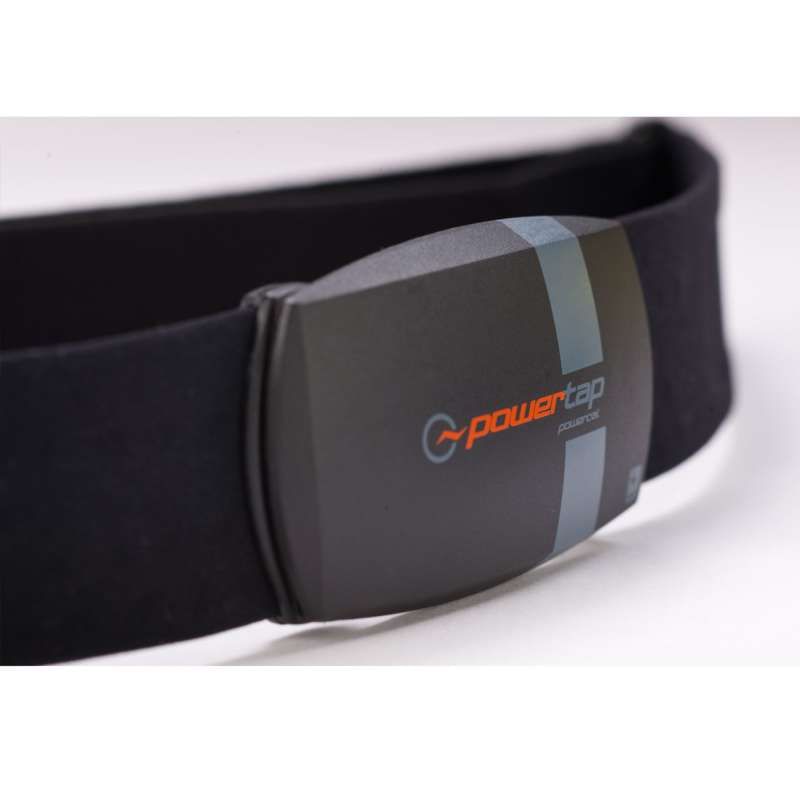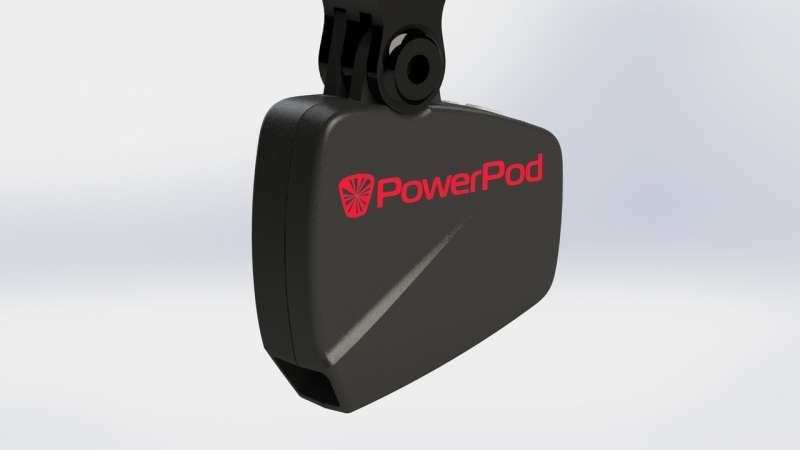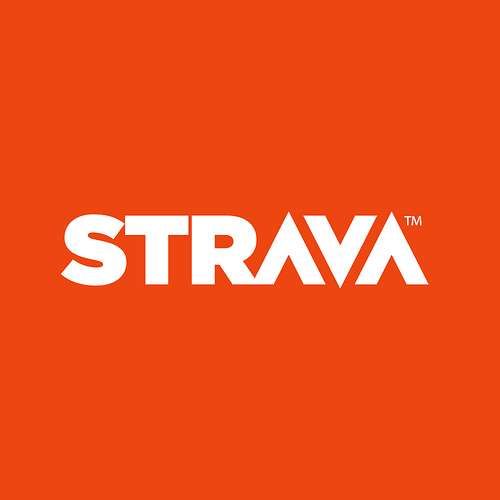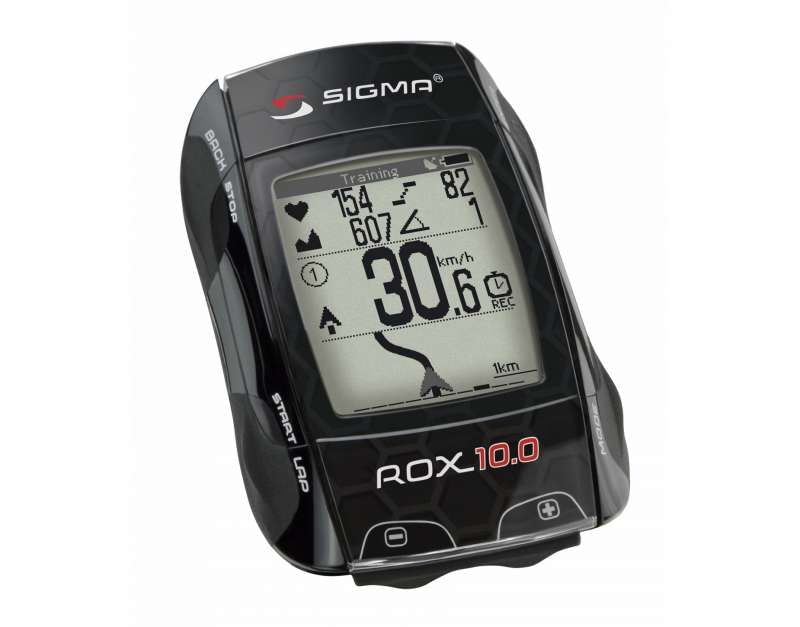
Cycling: Not all power meters cost a bomb
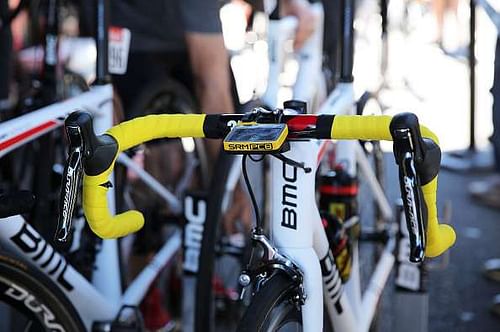
I earlier wrote about why training with power was such a big deal. Let’s now look at what kind of power meters are out there. There are two kinds, broadly speaking – those that directly measure the mechanical deformations caused by pedaling and calculate the wattage; and those that estimate power based on data from other sensors such as heart rate, cadence, speed, elevation, etc.
The first category is called Direct Force Measurement (DFM) Power Meters (PMs). They are not always the “ground-truth”, gold standards or benchmarks as people make them out to be. They come in a range of accuracies and are not immune to heat, extreme conditions, and bad calibration.
But DFM power meters more than sufficiently do the job for the professional as well as the weekend cyclist. As with most things in the world, you get what you pay for. These power meters cost a lot (ranging from $500 – $1700) at the moment and this is the main reason you don’t see every bike owner with one (yet).
The second category is NDFM (non-DFM) power meters. The main forces that a (rider + bike) system overcomes are wind resistance, gravity, road resistance, drivetrain/bike resistance and inertia. NDFM power meters measure these opposing forces and use algorithms to arrive at an approximation of the power output of the cyclist. The (in)accuracy range in this category is way broader than that of the earlier category. Hence, they do not cost that much – ranging from $100 to $400.
Also read: Indian Men's junior cycling team create history by attaining world number 1 ranking
I’ve chosen 4 NDFM power meters to review.
1) PowerTap Powercal
This device uses heart rate and nothing else to estimate power. There is a degree of correlation between heart rate patterns and power output but this is a very wrong way to go about estimating power. The makers of Powercal do not pretend to not know this fact. They do admit that this is no substitute for an actual power meter. While credit goes to them for honesty, it's easy to understand why they would make such a product in the first place.
Since their flagship products are high-end power meters, getting newbies hooked to the habit of ‘riding with power’ with cheaper alternatives could mean converting that market to actual power meter customers sometime down the line.
The Powercal has some things going for it, though: it is cheap, for a total beginner it quantifies effort in watts (however controversial), it is light (just a strap and a chip), it estimates long, steady workouts quite well, no need of calibration and is compatible with Bluetooth as well as ANT+ devices.
But beware of all the demerits of this product. It makes no distinction between individuals with different backgrounds and profiles, there is a lot of fluctuation in power numbers, it is practically unusable for short intervals or sprints, and does not take cadence into account! This means a non-zero power number is displayed even when you are not pedaling.
2) Powerpod Sports Powerpod
This comes from the makers of the once-notorious iBike Newton. The Powerpod, an improvement over the Newton, measures temperature, pressure differences and wind velocity. It comes with an in-built accelerometer. The device pairs with your speed and cadence sensors. Combining all this data, it outputs power numbers while on your ride.
The device does not have a monitor and is not a head unit, but it can store data. You need to pair your head unit or mobile phone to it (over ANT+) if you want live numbers while you ride.
Also read: From Olympic cycling hero to rickshaw driver in Pakistan: The sad story of Muhammad Ashiq
The calibration process is simplified from a 20-minute out-and-back ride to a 5-minute ride. The power meter is easy to switch between bikes. While the average power for a round-trip ride is surprisingly spot on – 1-2% off of an SRM power meter, as claimed by the founder and verified by the author – the actual power values are way off sometimes. The power meter doesn’t work on bumpy roads or if mounted incorrectly.
3) Strava
A very popular social networking site and mobile app for cyclists across the spectrum and the world, Strava is not too bad as a power meter. You can see your average power values if you are a free user and analyse your data if you are a premium user but all at the end of the ride, when you upload your workout file.
Strava’s strength is its database of routes and elevation data. It uses elevation data from your ride and even cross-verifies from its own database if available. Because of this, it is most accurate when climbing. Strava’s algorithm fails when it is windy or there is variability in terms of rolling terrain, changes in speed, etc.
“Our calculations are most accurate when climbing given accurate rider and bike weight” - Strava Support
4) Sigma Sport ROX 10.0
The ROX 10.0 is a fairly high-end computer – measuring heart rate, speed, cadence, power and is GPS capable. It’s convenient if one doesn’t want to spend money on a power meter. It takes cadence into account (unlike the Powercal).
But the folks at Sigma Sport do not reveal the exact algorithm or method or power calculation. Clearly, there is no wind consideration. I’ve used this device and is one of the least accurate NDFM power meters I’ve seen. There is hardly a scenario in which the Rox 10.0 has come close to an actual power meter.
“Power is calculated using speed, cadence, incline, bike weight, bike type, rider position, body weight, shoulder width and body height. The wind speed is not considered. power can only be calculated when a cadence transmitter is used. The power values displayed are approximations and are calculated given average wind speed and average road conditions.” - Product instruction manual
Conclusion
The accurate power meters are expensive. The inexpensive ones don’t compare to industry standards in terms of accuracy. It’s predicted that the expensive and accurate power meters will get cheaper in the years to come what with better technology, cheaper production techniques, and economies of scale. Until then, know that not all power meters are out of your budget, but know what you are getting into when you choose what you choose.
Here is a helpful guide on how to use power meters while training
